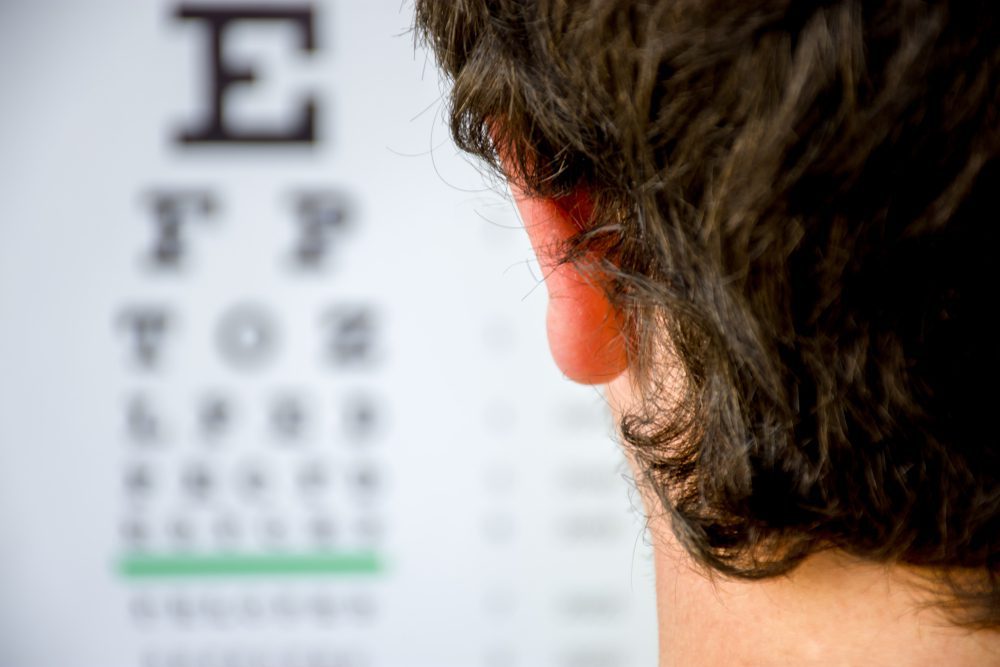
Are you noticing vision problems with certain distances? It may be due to a refractive error such as nearsightedness or farsightedness. Refractive errors are the most common vision problem, affecting over 150 million Americans. Whether it’s nearsightedness or farsightedness, refractive errors often lead to blurred vision, eye strain, and headaches. Although they are categorized similarly, there are subtle differences between being nearsighted vs. farsighted. Let’s explore those differences and go over solutions.
What Is the Difference Between Nearsighted and Farsighted?
To put it simply, nearsighted people have trouble seeing distant objects, while farsighted people have trouble seeing near objects. It can be confusing to remember the difference between them—but that’s why you have us clear things up.
How to Tell If You Are Nearsighted or Farsighted
Unless you’ve had a diagnosis, you’re likely wondering “Am I nearsighted or farsighted?” There are two ways to tell and one of them you can do on your own.
First, test your vision on objects at different distances. Street signs, sticky notes, books, and similar objects are perfect for this.
Next, look away from any screen or close your eyes for a few minutes to ensure they’re rested and ready.
Finally, it’s time to test your vision. Test your near sight by reading some pages in a book. If the words look blurry or you develop a headache afterward—you may be farsighted.
To test your far vision, stand about 10 feet from either a street sign, poster, or similar object with words or objects on it. Are you able to make out what it says? If not, you may be nearsighted.
The other way to easily tell whether you’re nearsighted vs. farsighted is to visit your eye doctor for a routine exam.
Can You Be Both Nearsighted and Farsighted?
After conducting your own test, you may have noticed blurry vision at distant and near objects. Although it’s rare, some people have both conditions. This happens when one eye is nearsighted and the other is farsighted.
What Treatments Can Correct Nearsightedness and Farsightedness?
Whether you’re farsighted, nearsighted, or both—you have corrective treatments beyond glasses or contacts. The corrective treatment you choose may even end your need for frames or contacts. Many patients choose LASIK eye surgery—a solution that corrects several refractive errors including farsightedness, nearsightedness, and astigmatism.
While LASIK has helped millions of people, not everyone’s eyes are right for it. If LASIK isn’t right for you, we offer several LASIK alternatives, such as:

Find Treatment for Nearsightedness and Farsightedness
Once you have a diagnosis from your eye doctor—your next step should be scheduling an appointment with us. You’re also welcome to take our LASIK Self-Test at your convenience.
At Toledo LASIK & Cataract, we’re committed to helping you experience the best results possible at an affordable price. Don’t delay getting your nearsightedness or farsightedness corrected—we offer LASIK financing. Our doctors and staff are ready to work with you to decide which treatment is right.





